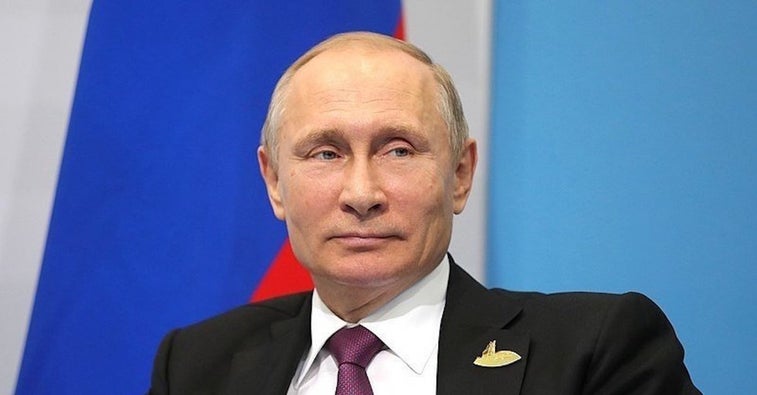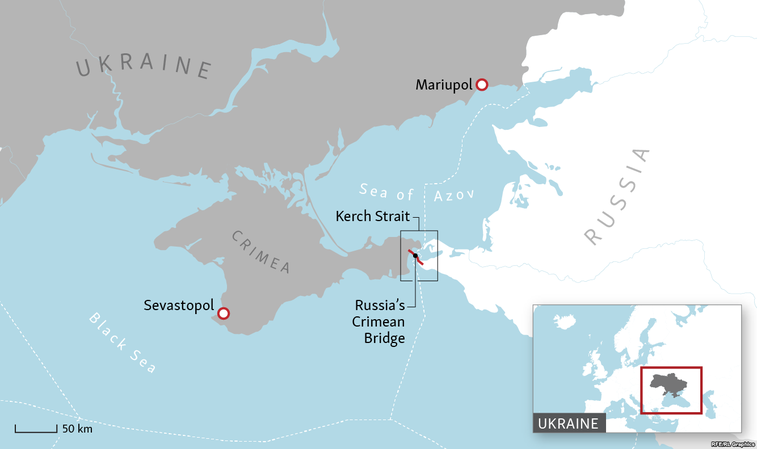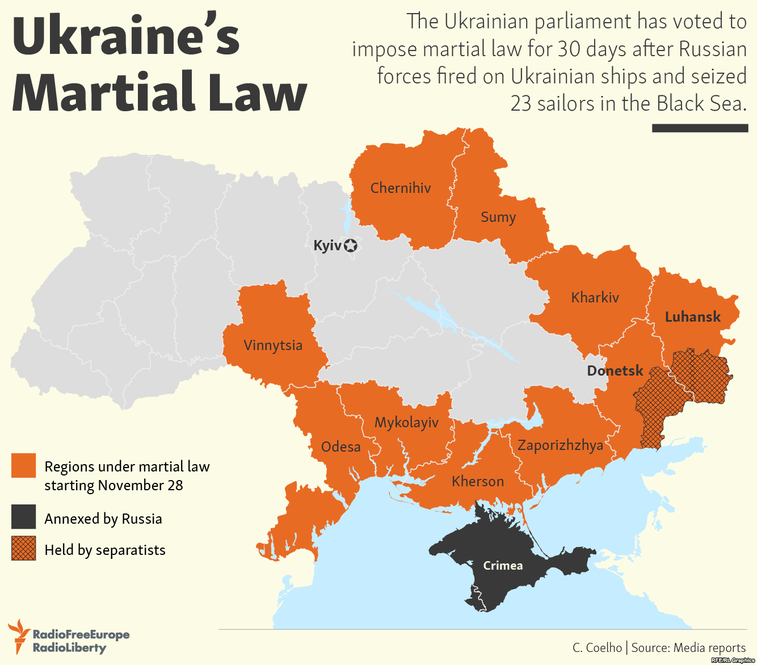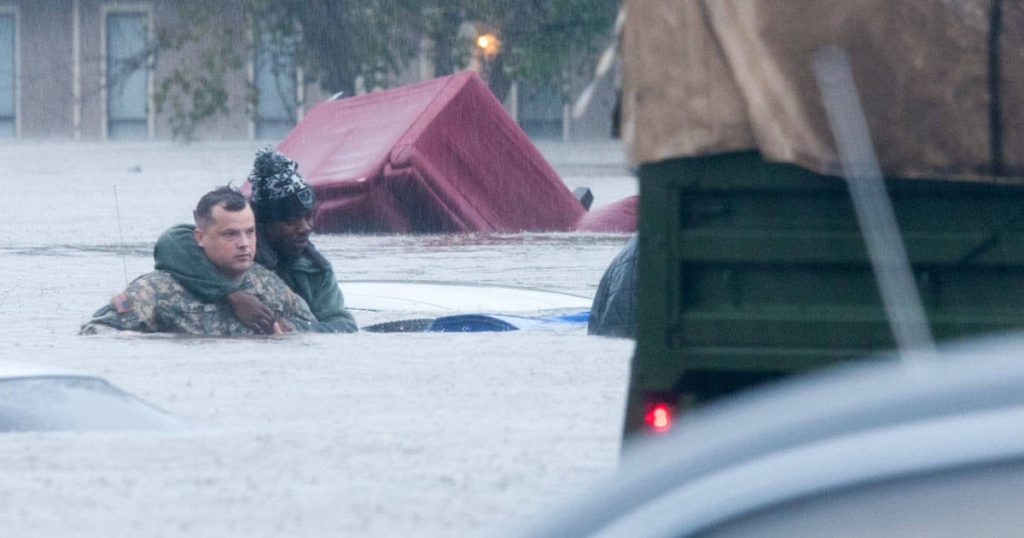The Ukrainian Border Service said it would allow Ukrainian citizens to travel to Crimea only after martial law was imposed.
Kiev imposed martial law in 10 of its 27 regions for 30 days on November 28, 2018, after Russian forces fired on Ukrainian ships and captured 23 sailors in the Black Sea off the coast of the Russian-controlled Crimean peninsula.
“In connection with the imposition of martial law, the administrative border with the temporarily occupied Crimea can be crossed exclusively with Ukrainian documents,” a spokesman said on November 29, 2018.
Previously, citizens of all nations were allowed to enter Crimea through the administrative border through mainland Ukraine. But the process for this for non-Ukrainians was filled with bureaucracy.
Crimea is accessible by plane from Russia or through the newly built bridge of Russia from the mainland. But according to Ukrainian law, these routes are illegal. Violators – and there were many – have received official bans for three years or more from Kiev.
Earlier in the day, Ukrainian President Petro Poroshenko called on NATO to send ships to the Sea of Azov to help protect Ukraine.
He said Russian President Vladimir Putin saw himself as a “Russian emperor” and Ukraine as a Russian “colony.”

Russian President Vladimir Putin.
The Ukrainian President later on November 29, 2018, tweet that Kiev will impose “restrictions” on Russian citizens in Ukraine.
“You don’t have to run to the shops and buy matches and salt. There will be no restrictions on cash withdrawals, currency exchange operations, travel abroad for Ukrainian citizens. For Russian citizens, these restrictions will be introduced. And I think that’s completely justified, “he wrote.
Relations between Moscow and Kiev deteriorated after Russia conquered the Ukrainian peninsula of Crimea in March 2014 and shortly thereafter began supporting separatists in eastern Ukraine in a conflict that has killed more than 10,300 people since April 2014.
In an interview with the German tabloid Bild, published in early November 29, 2018, Poroshenko said he hoped European countries would take active steps, including increasing sanctions and military protection against Russia, to help Ukraine by providing verbal support after the capture of Russia by 24 Ukrainian sailors.
“We hope that NATO countries are ready to send ships to the Sea of Azov to support Ukraine and ensure security,” Poroshenko said.
– The only language he [Putin] he understands that it is the solidarity of the western world, “Poroshenko said. “We cannot accept Russia’s aggressive policy. First it was Crimea, then Eastern Ukraine, now he wants the Sea of Azov. “
Opening a German-Ukrainian economic forum in Berlin later in the day, German Chancellor Angela Merkel said she planned to put pressure on Putin at the G20 summit to demand the release of the ships and crews.
“We can only resolve this in talks with each other, because there is no military solution to all these conflicts,” she added.
Meanwhile, an unknown number of captured Ukrainian sailors have been since transferred to a detention center in Moscow, according to one of their lawyers.
Cemil Temishev wrote on Facebook on November 29 that his “colleagues” in Lefortovo’s detention center in Moscow had informed him that some of the Ukrainian sailors had been brought there.
Also on November 29, 2018, Kremlin spokesman Dmitry Peskov criticized Poroshenko’s request for NATO to deploy naval ships in the Sea of Azov, saying it was “aimed at provoking additional tensions” and driven by Poroshenko’s “electoral and domestic political motives.” .
Putin claims that the naval confrontation was a ploy to increase the popularity of his Ukrainian counterpart before the March 2019 elections.
A NATO spokeswoman said the alliance already has a strong presence in the region, with vessels regularly patrolling and exercising in the Black Sea.
“There is already a lot of NATO in the Black Sea and we will continue to appreciate our presence in the region,” Oana Lungescu said.

The Sea of Azov is a reservoir that separates the Crimean peninsula, which Russia illegally annexed in 2014, from the Ukrainian and Russian continents. Russia has opened a bridge over the Kerch Strait connecting Crimea with Russia in May and has established control over the strait.
The Kerch Strait is the only route for ships traveling between the Sea of Azov, where Ukraine has several ports, and the Black Sea, which is the arena usually patrolled by NATO.
Ukraine is a NATO partner but not a member of the military alliance. NATO has already said it is “standing with Ukraine” and called on Russia to release the captured ships and their crews.
NATO chief Jens Stoltenberg also warned Russia on November 26, 2018 that “its actions have consequences.”
Poroshenko, who on November 28, 2018, martial law imposed in parts of Ukraine in response to Russian action told Bild that there was evidence that Russia was planning a new ground offensive against Ukraine, and said it had shown NATO partners satellite images in support of the claim.
“Germany must also ask itself: What will Putin do next if we don’t stop him?” Poroshenko told Bild.
Ukrainian Parliament Speaker Andrei Parubiy joined Poroshenko in calling for increased protection from NATO, saying on November 27, 2018 that “I insisted [NATO] increase [its presence] in the airspace over the Black Sea and the number of warships in the Black Sea as a guarantee of security and a guarantee of stability in the Black Sea. “

EU: “Biggest concern”, but no new sanctions
Poroshenko’s remarks came as the European Union failed to take any immediate new steps to impose new sanctions on Russia over the naval incident or to increase the application of existing sanctions against Moscow.
Poland, Britain and the Baltic states in the EU have called for additional sanctions, but after a three-day debate, the 28 EU member states could only agree to issue a statement on 28 November 2018 expressing “the greatest concern about the dangerous increase of tension ”and the“ unacceptable ”use of force by Russia.
The statement by EU foreign policy chief Federica Mogherini did not mention sanctions, saying only that the bloc would “act appropriately” while continuing to monitor the situation.
The bloc’s top powers, Germany and France, have so far focused on efforts to ease tensions. Other members, including Italy, Greece, Bulgaria and Cyprus, are calling for easing sanctions against Moscow.
The EU imposed sanctions on Russia for the first time since it conquered Crimea, and is stepping up those sanctions from time to time. On November 27, 2018, the United States called for stricter enforcement of existing EU sanctions against Russian and Crimean officials and businesses.
Although the EU did not take any immediate action against Russia, in solidarity with Ukraine, Estonia said on November 28, 2018 that it had summoned its Russian ambassador and condemned Russia’s use of military force in the incident.
This article originally appeared on Radio Free Europe / Radio Liberty. Follow @RFERL on Twitter.

